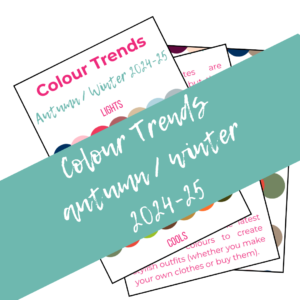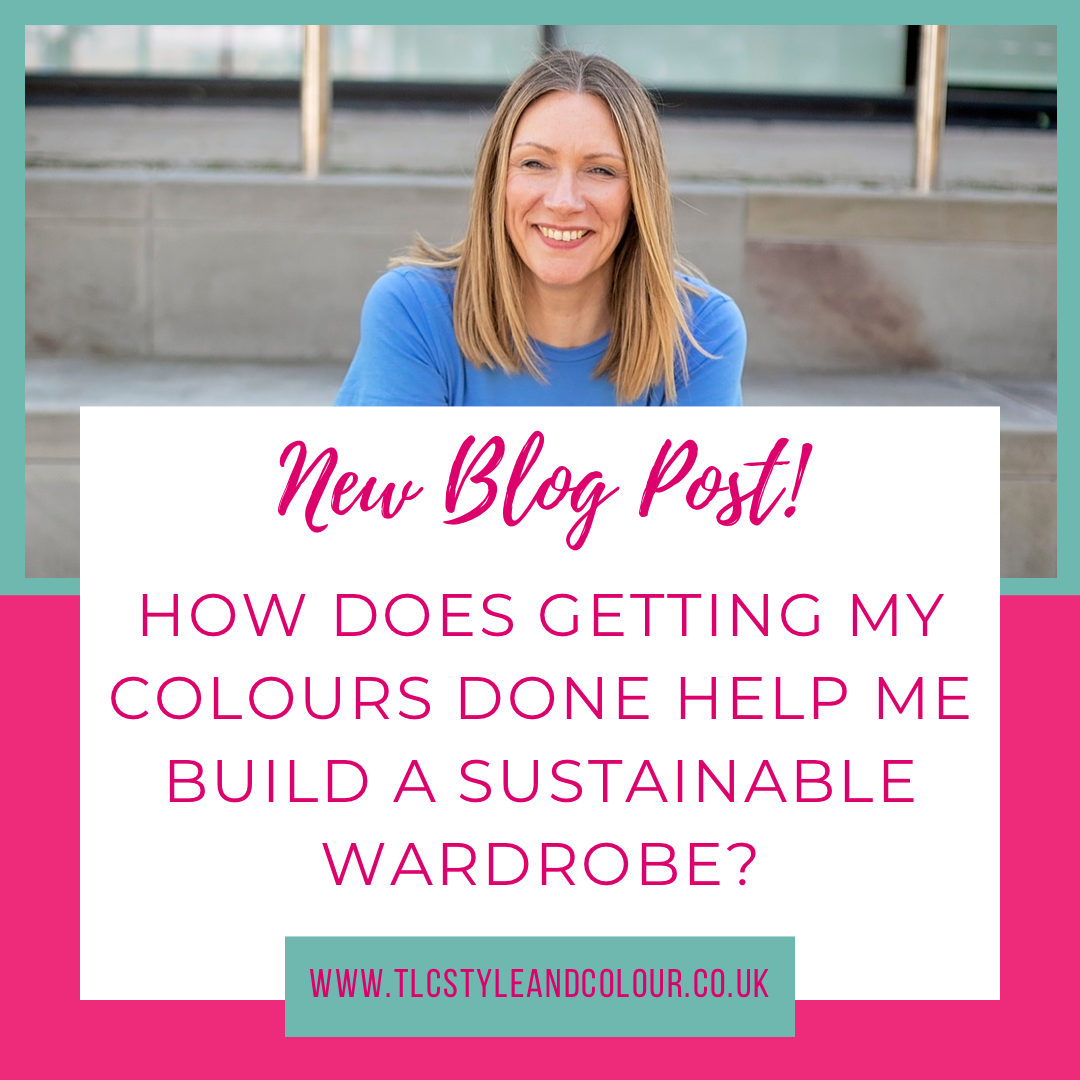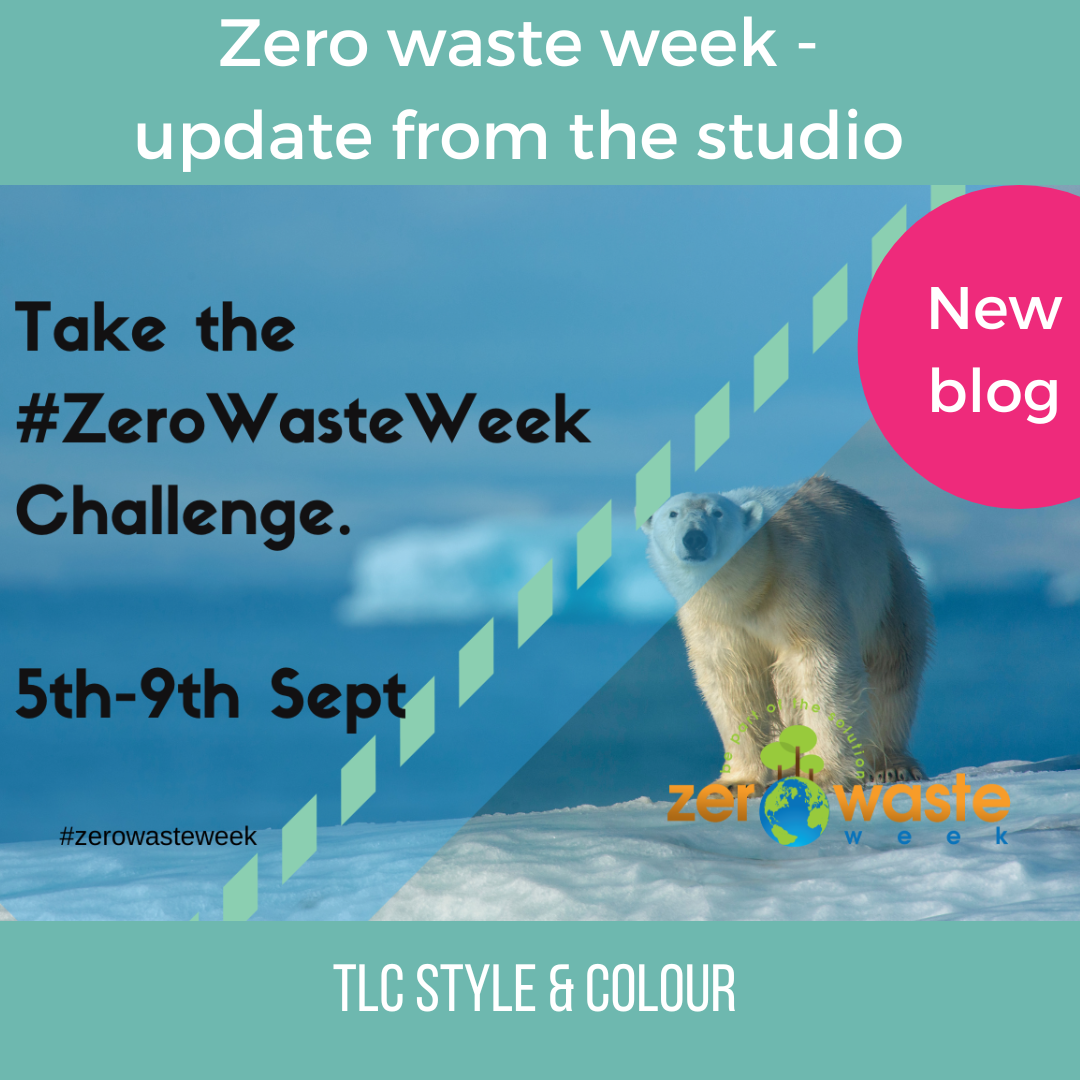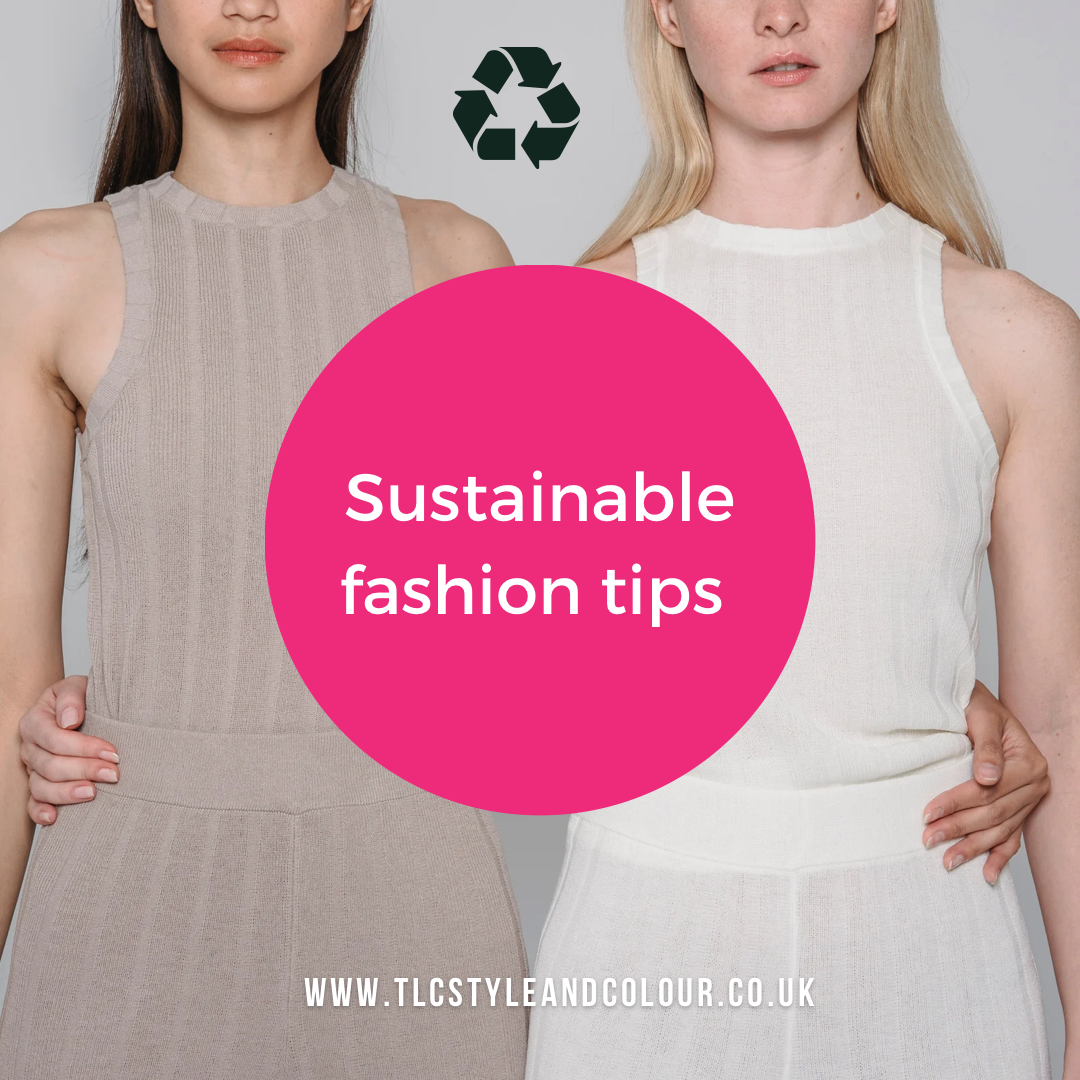Have you been enjoying the theme in this month’s blogs? I do hope so!
Last week, I shared four things to do to start your autumn wardrobe preparation. Don’t worry – they’re totally easy to do with no skill as most of them are about thinking and looking! Revisit it here..
You’ve probably got the idea by now that ‘shopping’ your own wardrobe will save you money in the long run. Plus, it has a positive impact on the planet too.
Taking time to sort through your clothes will actually save you time too. Just think how long it takes you to get ready! When you’ve got a lot of clothes, you can’t see everything you’ve got. Or, what you do have, you don’t wear because they don’t fit or flatter you either.
How to organise your wardrobe
When I help clients with their wardrobes, I tend to categorise them into types, then colour. To me, this is logical and visual and it’s how my own wardrobe is organised. So, put your shirts together, t-shirts, trousers, jeans, skirts, dresses and so on.
Once in order, I’ll organise by groups of colours – reds together, blues together and so on. Often, you’ll find you have several of the same item. But, how many do you really need?
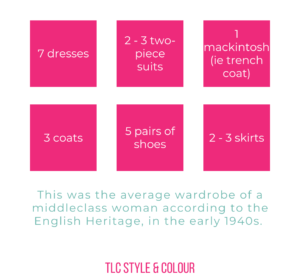
These are the contents of the average wardrobe for a (middle-class) woman in the 1940s.
I’m pretty sure it is substantially less than the average wardrobe today. It’s certainly less than I have.
Sure, availability and choice has increased, but so has over-consumption.
The trick is to balance what you need with what you have and fill the gaps. Use your personal colour swatches to help you identify any colour gaps as well as the style of clothes for how you spend your time.
If you can’t fill the gaps, you’ll end up buying more of the same things you’ve already got.
How many times have you seen an outfit on a mannequin, or on a model and bought it, only to discover that it doesn’t look the same on you?
Build, height, sizing, colouring and personality are all elements which make you; you. That’s before we even assess the fabric and cut of the clothes! When you understand what suits you, fits you and flatters you, only then will you be able to stop making costly mistakes.
Buying something because it’s the latest trend or in the sale without considering you, your wardrobe and your lifestyle, will often mean they languish in the back of the wardrobe until you donate them, or sell them online, at a loss.
Colour and style advice
Spend time researching what’s current (or attend my seasonal colour and trend workshop) to learn the new colours and trends to help you build a wardrobe of clothes that you love to wear. And, which suit you of course!
Try and recreate these looks from what you already have. During the workshop, I use my own clothes as well as new ones to demonstrate this, so if you need some inspiration, be sure to join us! It takes place on Saturday 5 October online, so you can join from the comfort of your own home. Get your ticket here.
I don’t believe in being a slave to fashion and spending a fortune on clothes. Like many of my clients, I just want to look and feel up -to-date in what I wear. Being able to make informed decisions and shop with intention helps because I understand what suits me and how to make things work.
Clothes in the right colour and style for you, that fit and flatter your shape, will always make better choices in the long run. Book a consultation if you need any help.
Those attending the workshop will receive my essential guidance and a copy of my new seasonal colour guide too. Alongside the live group workshop, I produce a suite of guides on the colours and trends that suit you, aimed at saving you time.
RECORDED VIDEO MASTERCLASS
The live event isn’t recorded, so if you can’t make it, I pre-record a video using the same presentation so you can catch up and watch it in your own time. I’ll share the latest colours and trends to look out for, with examples and some tips on if they flatter you. The video lasts 44 minutes.
AUTUMN/WINTER 2024-25 COLOUR TREND GUIDE
This guide fits inside your colour me beautiful colour swatch wallet to guide you when shopping. It includes seven key colours for the autumn and winter season for each dominant colouring type (using the tonal colour analysis system covered in my colour analysis consultations).
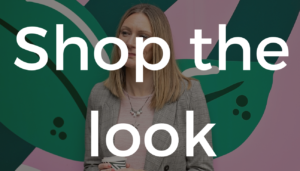
SHOP THE LOOK GUIDES FOR EACH COLOURING TYPE
For specific advice for your colour type, my ‘shop the look’ guides are back again this season.
So, if you already know your colour type, this guide will make shopping the new season colours and trends a breeze.
There’s a range of over 50 garments, including accessories included in each guide alongside stylist notes, and links to buy too.
If you’re shopping the sales or pre-loved, the spring/summer guides are reduced until 30 September. (About 40% of the items featured in the shop the look guides still have some stock available). Get the spring/summer guides here.
The autumn/winter guides are available to buy online from 1 October here: https://www.tlcstyleandcolour.co.uk/product-category/seasonal-updates/
Before you buy anything new, take a really good look at what you already have. Remember that quality, not quantity is what matters.
Clothes in the right colour and style that fit and flatter your shape, will always make better choices.


